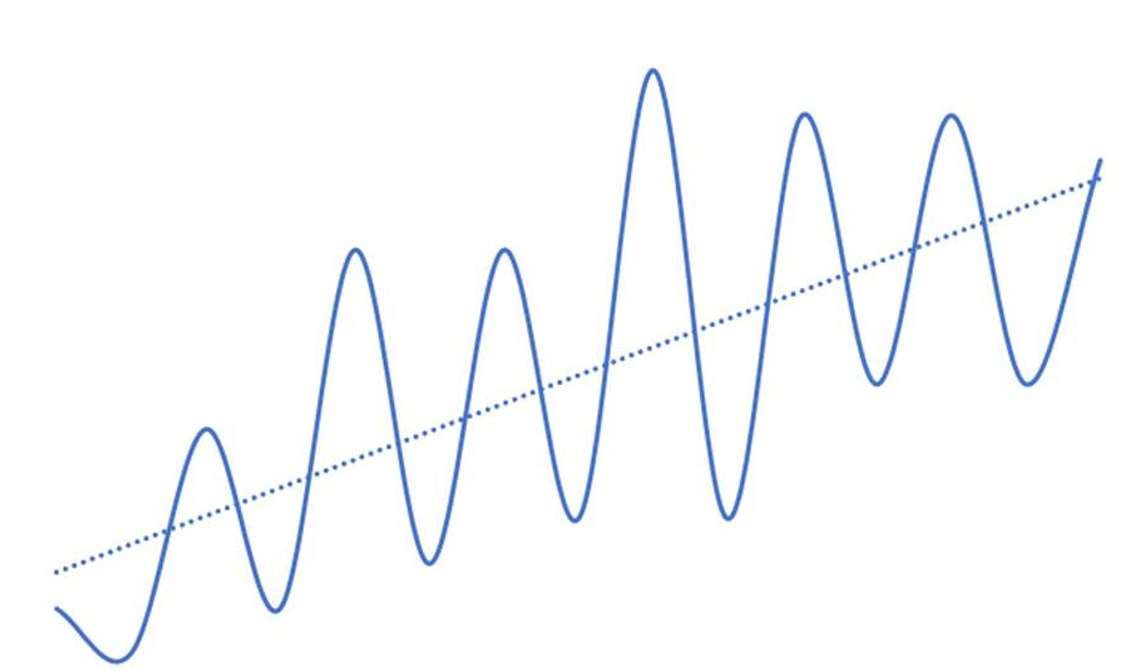What is a ‘signal to noise’ ratio?
“The signal is the truth. The noise is what distracts us from the truth.”
The ‘signal to noise’ ratio is a term from science and engineering used to measure sound quality.
It compares the desired signal level to the undesired background noise level.
In other words, it separates the important information (the signal) from the irrelevant (the noise).
The higher the ratio of signal to noise, the better the sound.
Why is it useful to know about the ‘signal to noise’ ratio?
Given that there is far more information out there than you could ever possibly consume in a lifetime, it makes sense to use your limited bandwidth on ideas that have value and ignore those that don’t.
And when assessing sources of information, ask yourself, which bit is the signal and which is the noise?
For example, as an investor, you will have to filter out the signal (the truly valuable information about a company) from the noise (the gossip and punditry).
As Nate Silver says, “Finding patterns is easy in any kind of data-rich environment; that's what mediocre gamblers do. The key is in determining whether the patterns represent noise or signal”.
Ultimately, your ability to separate signal from noise will determine the quality of your life.
Where can you learn more about the ‘signal to noise’ ratio?
A good place to start is by reading The Signal and the Noise: Why So Many Predictions Fail But Some Don't by Nate Silver.






